Why Does A Camera Flash Make Noise?
The phenomenon of a camera flash making noise often baffles many photography enthusiasts and even some seasoned professionals. While capturing that perfect moment is essential, understanding the intricacies behind the operations of a camera can lead to better appreciation and perhaps more effective usage. Let's dive into the mechanisms and reasons behind the noise of a camera flash.
Understanding the Basics of Camera Flash
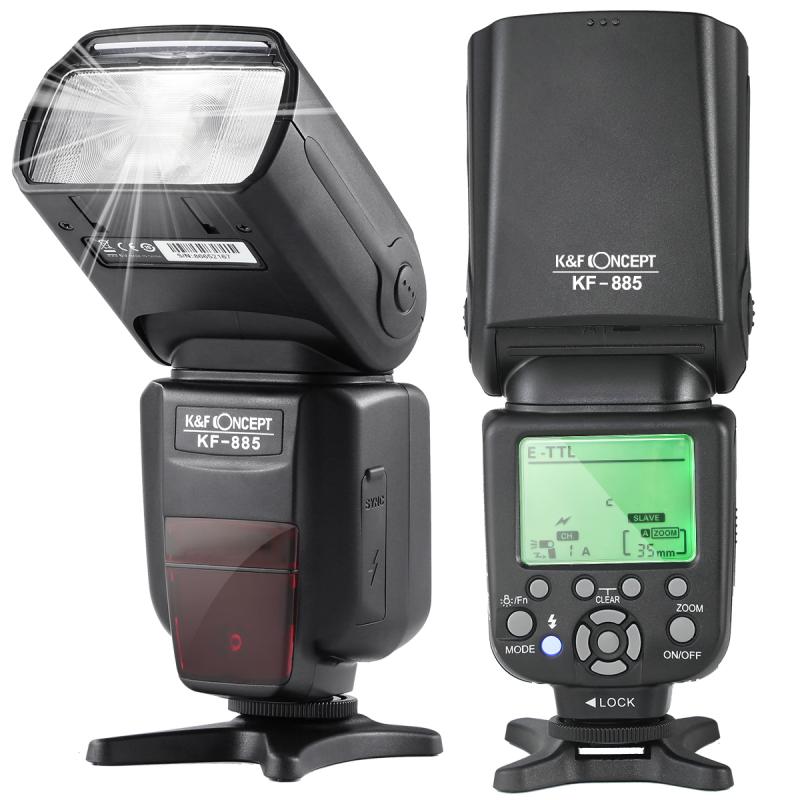
A camera flash is used to provide a burst of light to illuminate a scene. This is particularly crucial in low-light conditions where the ambient light is insufficient to produce a well-exposed photograph. The flash component in a camera, whether built-in or external, operates by storing energy in a capacitor and then discharging it almost instantaneously to generate a bright light.
The Components of a Camera Flash System
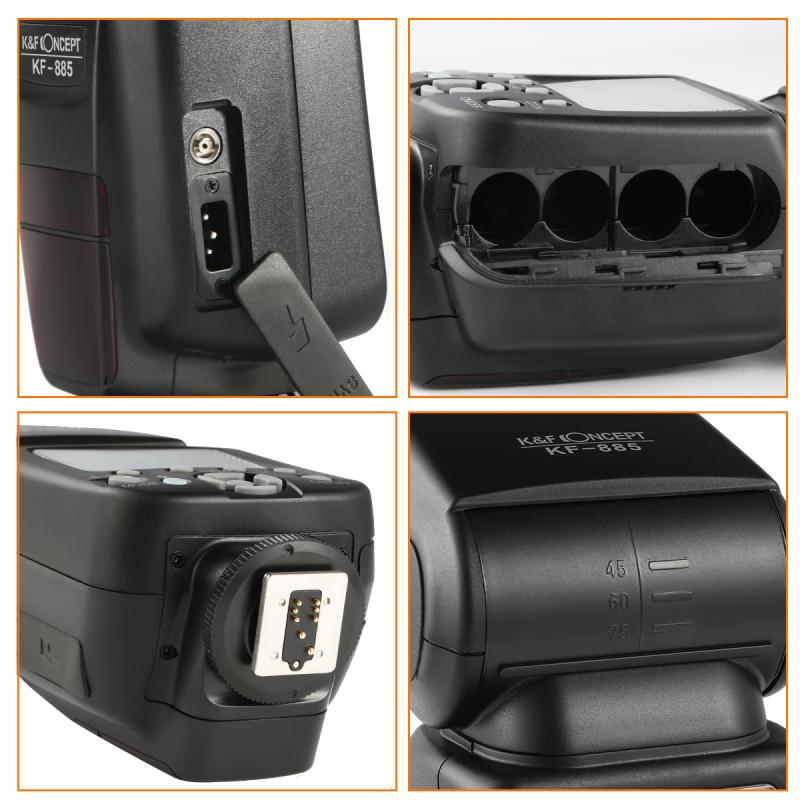
To understand why the camera flash makes noise, we need to break down its core components:
1. Capacitor: Stores electrical energy.
2. Battery: Supplies power to the capacitor.
3. Flash Tube: The light-emitting component.
4. Inverter Circuit: Converts battery voltage to the high voltage needed to charge the capacitor.
5. Trigger: Initiates the discharge from the capacitor to the flash tube.
The Noise Behind the Flash
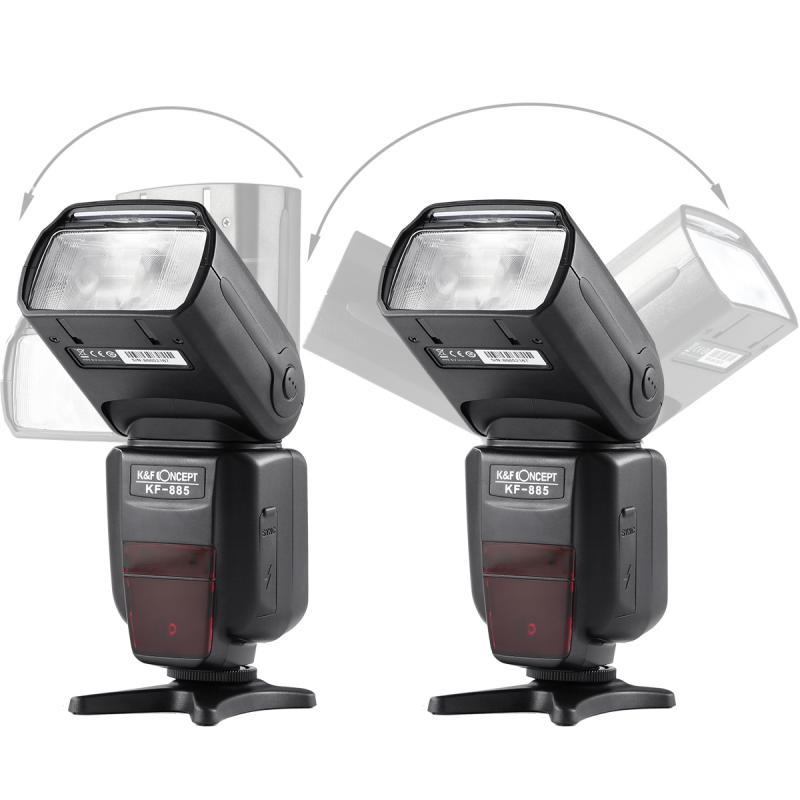
There are several sources of noise during the operation of a camera flash:
1. Capacitor Charging
The most common noise associated with a camera flash is the high-pitched whine when the capacitor charges. This sound is generated by the inverter circuit, which converts the low voltage from the battery to the high voltage needed to charge the capacitor. The high-frequency oscillations in the inverter circuit often produce a whistling or whining sound. This sound can become more pronounced as the capacitor charges more rapidly to be ready for the next shot.
2. Flash Trigger Mechanism
When you press the shutter button and fire the flash, another sound can be produced by the triggering mechanism. This click or snapping sound occurs as the camera activates a switch to release the stored energy from the capacitor into the flash tube. The physical components of this mechanism might produce a sound due to rapid electrical discharge and mechanical movement.
3. Flash Tube Noise
While less common, the flash tube itself can produce noise. When the stored energy is suddenly released, it ionizes the gas within the flash tube, creating plasma that emits a brilliant light. The rapid expansion and contraction of gases within the tube can produce a subtle popping or clicking sound.
Why the Noise Varies
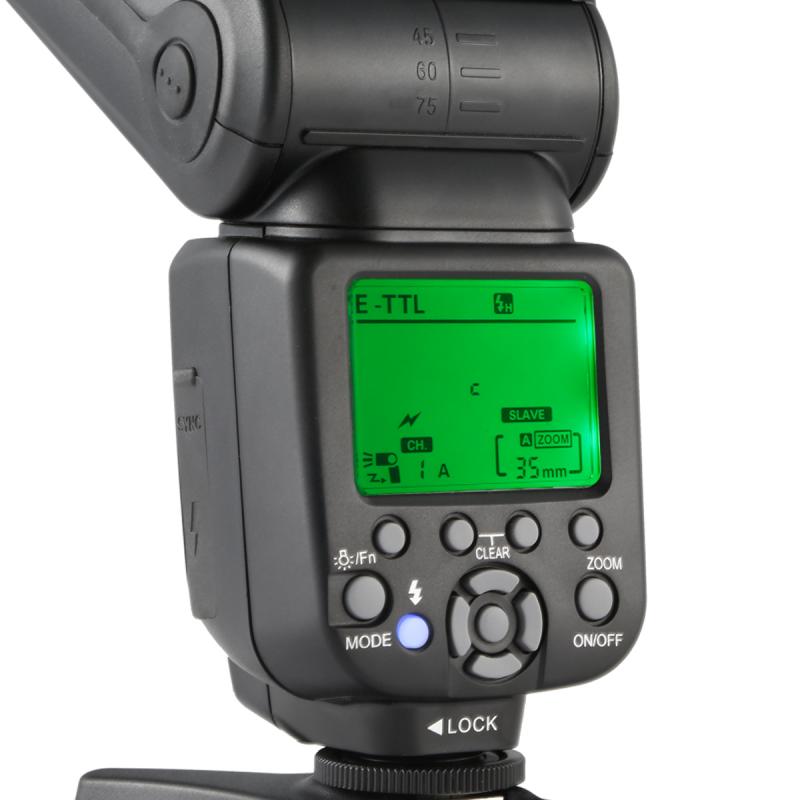
Not all camera flashes produce the same amount of noise, and the reasons for this variation are multifaceted:
- Design and Quality: Higher quality flashes tend to have better engineering and insulation, which can minimize noise. Cheaper or older models might produce more noise due to less efficient design.
- Power Levels: More powerful flashes require larger capacitors and higher voltage conversion, resulting in louder noises. Studio flashes, for instance, often make a more noticeable noise than compact camera flashes.
- Environmental Factors: Temperature and humidity can affect the sound produced by the components. In colder environments, the noise can become more pronounced as the materials contract and react differently than they would at room temperature.
Practical Implications of Flash Noise
1. Awareness
For casual photographers, the noise is generally not a significant issue. However, for professionals, especially those in quiet environments like wildlife or street photography, the noise can be distracting or even detrimental.
2. Maintenance
Unusual noise can sometimes indicate that a flash unit needs maintenance. If a normally quiet flash begins making louder or unusual noises, it might be worth checking for any faulty components or seeking professional servicing.
3. Technology Advancements
With advancements in technology, modern cameras and external flashes are becoming quieter. Some brands incorporate better sound insulation and more efficient circuits that minimize the noise produced during the capacitor charging phase.
Addressing Concerns and Myths
There are several common myths associated with camera flash noise worth addressing:
- Safety Concerns: A noisy flash does not necessarily indicate a safety hazard. However, prolonged and unexplained noise changes should be checked to prevent potential issues like overheating.
- Battery Drain: Noise is not a reliable indicator of battery drain levels. Always monitor your battery status using your camera’s battery indicator rather than relying on the auditory cues from the flash unit.
Increasing Your Flash's Efficiency
Considering efficiency and longevity can help mitigate some of the noise concerns associated with camera flashes. Here are some tips:
1. Regular Maintenance: Keep your flash and camera clean and well-maintained. Dust and grime can affect the electrical contacts and overall performance of the flash unit.
2. Use High-Quality Components: Invest in higher-quality flashes and equipment. While they may be more expensive, they often feature better components that reduce operational noise.
3. Power Management: Avoid overusing your flash at the highest power settings. Not only does this reduce noise, but it also prolongs the life of the flash components by preventing overheating and excessive wear.
The noise produced by a camera flash, while sometimes startling, is a natural byproduct of its intricate operation. From the high-pitched charge of the capacitor to the snap of the trigger mechanism, each sound tells a part of the story of how electronic engineering blends with the art of photography to capture perfect moments in challenging lighting conditions. Understanding the origins of these noises can enhance your comfort and confidence with using flash photography, ensuring that whether you are in a quiet forest or a bustling city, your equipment performs reliably and effectively.




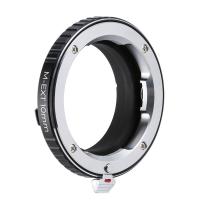
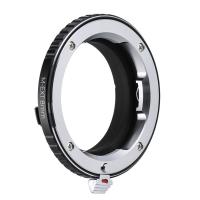


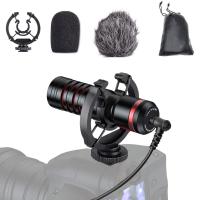

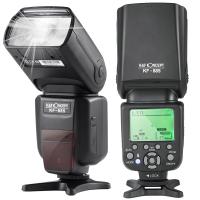



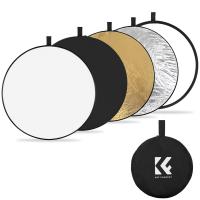


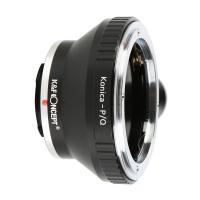




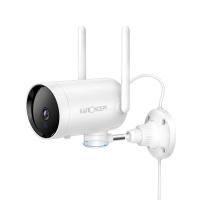
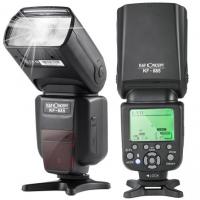





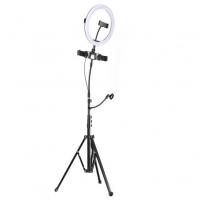












There are no comments for this blog.